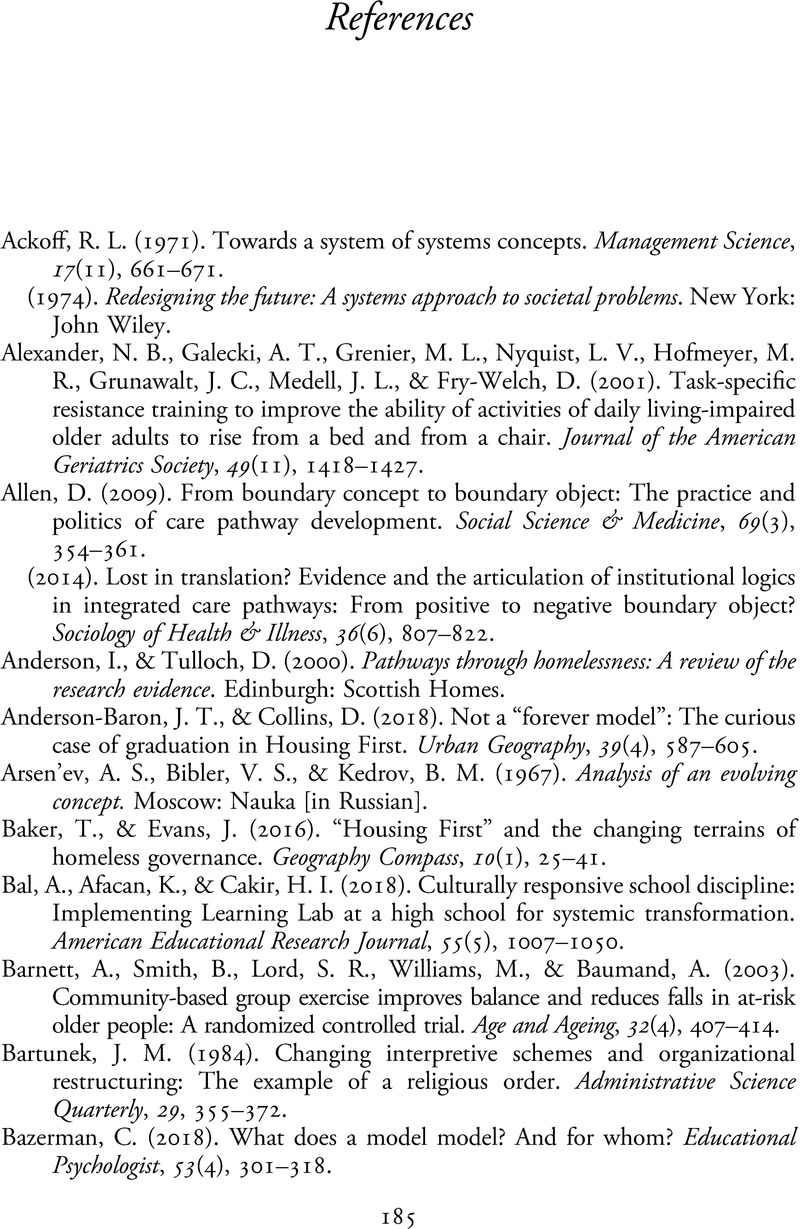Book contents
- Concept Formation in the Wild
- Concept Formation in the Wild
- Copyright page
- Dedication
- Contents
- Figures
- Tables
- Preface
- Chapter 1 Introduction
- Chapter 2 Theorizing Concept Formation in the Wild
- Chapter 3 Theorizing Concept Formation in the Wild
- Chapter 4 Functional Concepts in Organized Productive Activities
- Chapter 5 Embodied Germ Cell at Work
- Chapter 6 Double Stimulation and Concept Formation in Everyday Work
- Chapter 7 Collective Concept Formation as Creation at Work
- Chapter 8 Concept Formation over the Long Haul
- Chapter 9 Consequences of Concept Formation in the Wild
- References
- Index
- References
References
Published online by Cambridge University Press: aN Invalid Date NaN
- Concept Formation in the Wild
- Concept Formation in the Wild
- Copyright page
- Dedication
- Contents
- Figures
- Tables
- Preface
- Chapter 1 Introduction
- Chapter 2 Theorizing Concept Formation in the Wild
- Chapter 3 Theorizing Concept Formation in the Wild
- Chapter 4 Functional Concepts in Organized Productive Activities
- Chapter 5 Embodied Germ Cell at Work
- Chapter 6 Double Stimulation and Concept Formation in Everyday Work
- Chapter 7 Collective Concept Formation as Creation at Work
- Chapter 8 Concept Formation over the Long Haul
- Chapter 9 Consequences of Concept Formation in the Wild
- References
- Index
- References
Summary

- Type
- Chapter
- Information
- Concept Formation in the Wild , pp. 185 - 199Publisher: Cambridge University PressPrint publication year: 2024



